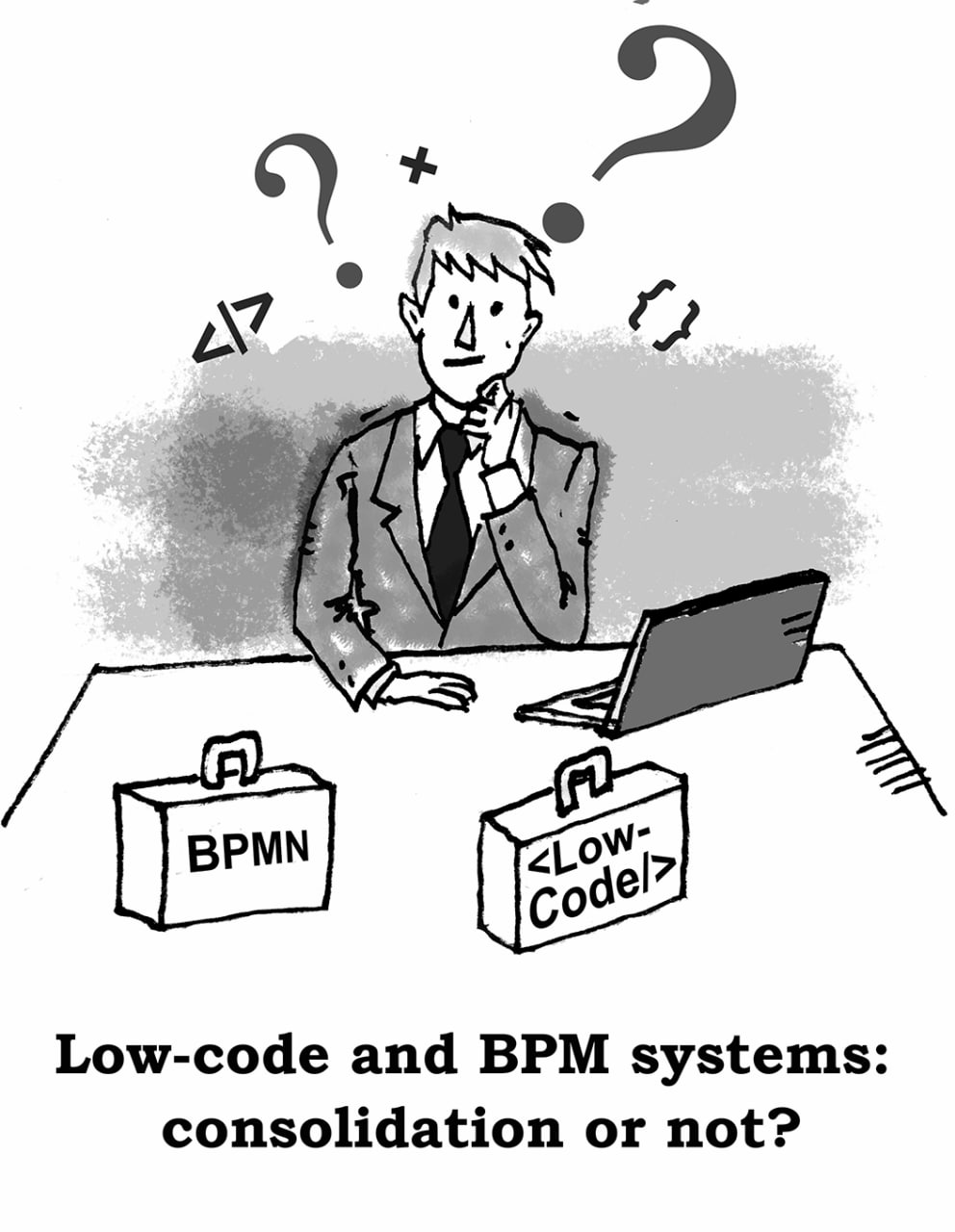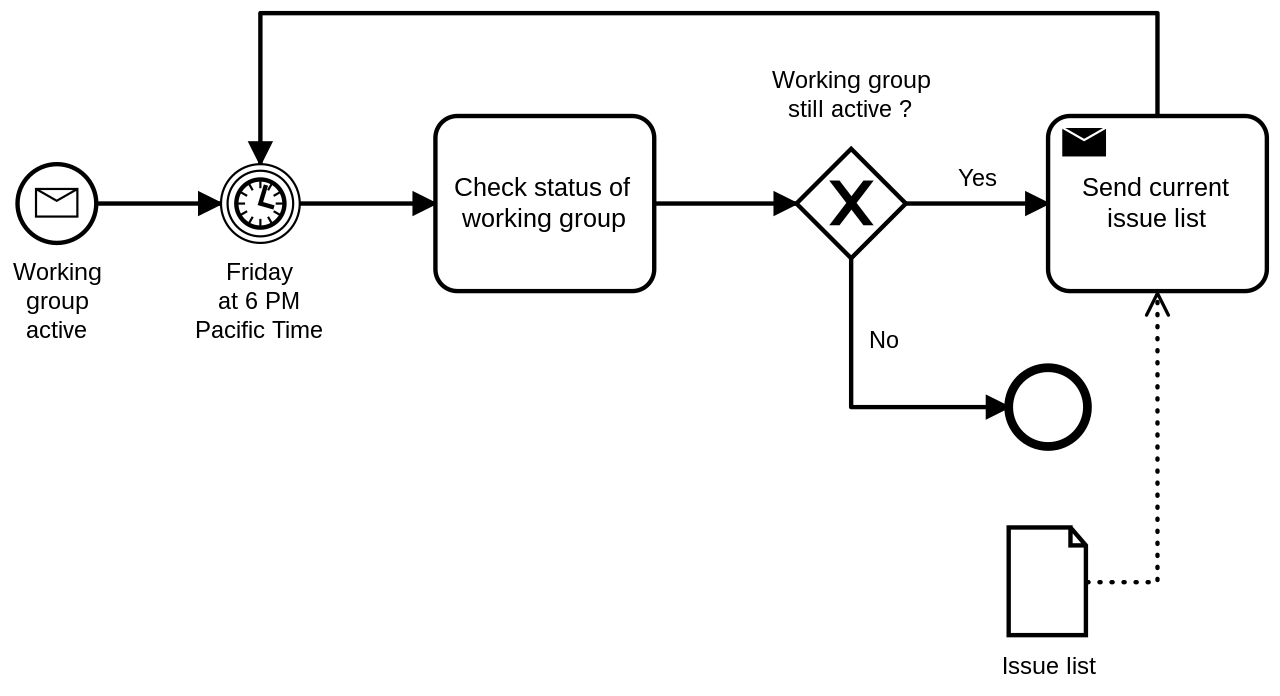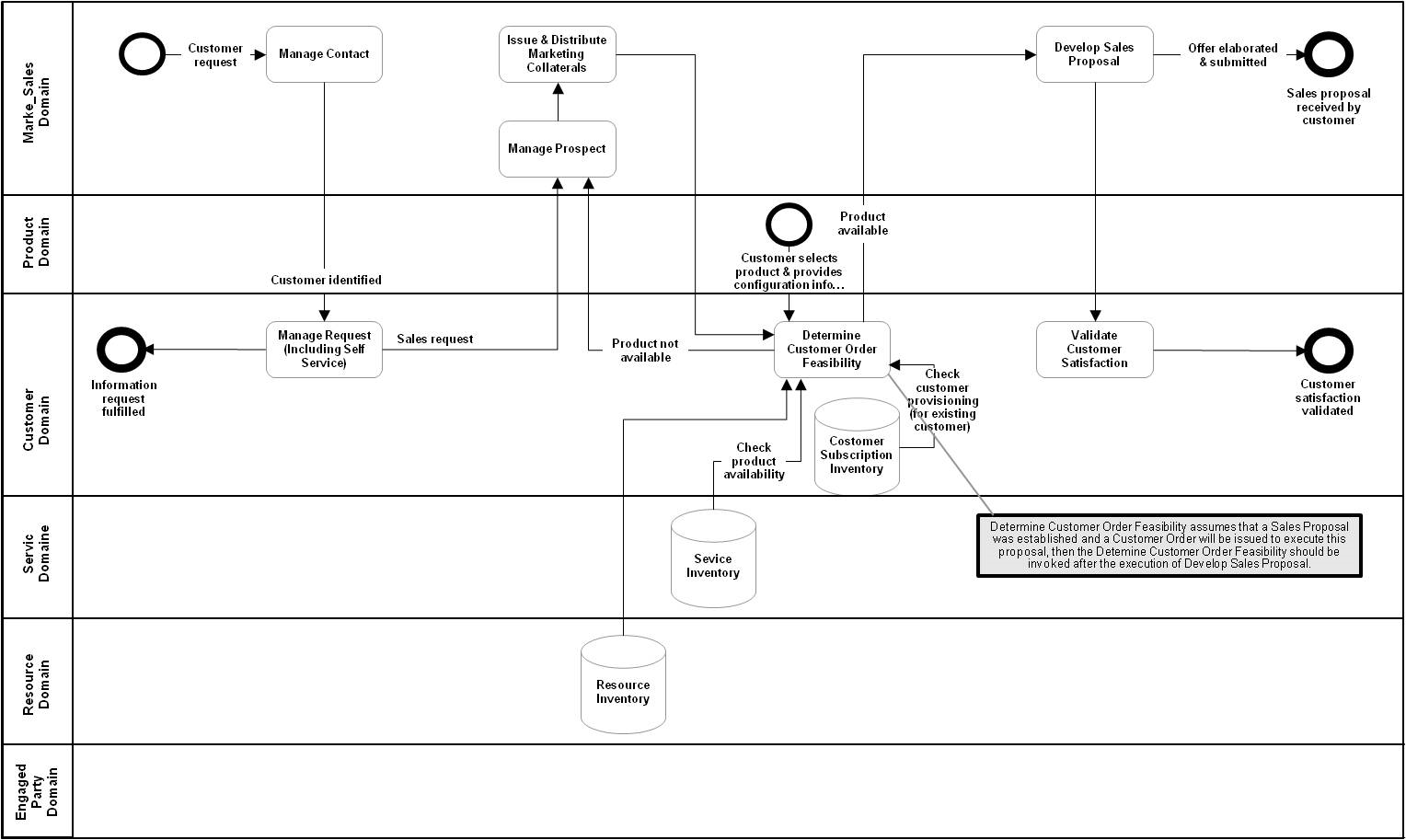 Today, low-code and business process management (VRM) platforms help to digitize and optimize business and its individual components. How does each of these options work and how together do they enable digital transformation?
Today, low-code and business process management (VRM) platforms help to digitize and optimize business and its individual components. How does each of these options work and how together do they enable digital transformation?
Companies in today’s digital market need to respond quickly to customer demands, employee needs and changing dynamics, and, of course, control costs.
To achieve this, they use processes and tools to maintain fast and efficient operations. In particular, the strict discipline of business process management (BPM) and low-code development. Both approaches are aimed at simplifying the implementation of business processes, but they can also be used together.
What is a low-code development?
A low-code platform is an approach that has recently gained more and more popularity due to its simplicity and speed of process management. It allows you to quickly implement a variety of tasks and create products that do not require writing the original program code.
This is a modular approach to software development. Users assemble a program from a list of widely used software components available that represent certain features or capabilities. They then combine these components into a single whole to create the desired working functionality with drag-and-drop visual blocks. This is in stark contrast to traditional software development, in which programmers write long lines of code to create the capabilities needed for a particular program.
The advantages of low-code include faster application development and delivery, as well as operational and cost-effectiveness, freeing developers from more mundane programming tasks. Some aspects of low-code require some knowledge, particularly in program design and programming skills to add individual features. This distinguishes low-code development from no-code applications that require almost no computer programming and can be performed by workers with no software development experience. However, it will still not be possible to do without the help of experienced IT specialists.
The basis of any low-code platform is the principles of using solution templates (the same visual blocks-constructors), from which the script or the logic of the work of the user-created low-code program is built. It is this principle that gives both advantages and certain disadvantages – primarily due to the impact on the performance of this program, and often on the information resources necessary for its implementation. The latter actually leads to unpredictable financial costs in the cloud, or in other words, a bill shock.
In order to mitigate such risks and reduce development costs, the engineers of the MEF.DEV team do solution accept both ways: they allow users to choose a strategy for dealing with such problems, namely, the use the classic code development way with loosely coupled code (combining loosely dependent parts of code “on the fly” due to inversion of control technologies and the introduction of dependency injection) or do code development in visual way, within the BPMN scripts, with auto-generating into source code of computer programming language, such as C#, followed by compilation into high-performance executable code.
Despite the certain simplicity of the algorithms, low-code solutions, in practice, can turn into a kind of “digital thickets”. In particular, the wider the low-code platform is in a company, the more tasks it should cover and be universal and flexible. And universal solutions already require the involvement of specialists.
“Low-code is in a way a visual constructor with drag-and-drop functionality, where each module is responsible for solving a specific problem. Low-code-based platforms are an effective and fast solution for creating diverse applications, in particular, for solving various business problems: this is the automation of customer processes through approval, team management, and data management through enterprise service bus, integration with third-party systems through the gateway API. That is, despite the technical simplicity, low-code actually helps to solve a very wide range of tasks, especially where the time factor and mobility are important,” commented the engineers of the MEF.DEV team.
At the same time, problems with refactoring, testing, loads, deployment, support, etc. do not disappear anywhere in the low-code platform, so solving these problems will also cost some effort and time. It is unlikely that the ordinary “IT staff from accounting” will cope with this.
So, low-code platforms are a kind of box with a secret. Despite the external simplicity, they need to be developed with perspective and understanding of what the functionality and load of this system will be after a certain period.
Що таке BPM?
BPM (business processes management) is a discipline by which an enterprise analyzes and models a business process from start to finish, constantly optimizing it to improve efficiency and effectiveness. It is part of a series of change management actions that use different methodologies such as Lean, and Six Sigma to not only articulate “how we do things”, but also identify bottlenecks, which need to be worked on.
This is the first step towards digitizing operations and preparing the company for optimizing and automating processes. BPM helps companies prioritize processes, and what exactly they need to focus on. Successful BPM provides a number of benefits: increased productivity, improved collaboration, continuous customer experience, increased regulatory compliance, and a greater level of accuracy.

It is important to understand that a visual designer also requires certain skills and knowledge from the user, so the use of notations well-known or familiar to most users, such as BPMN or Flow, favorably distinguishes some low-code systems from others.
For example, the MEF.DEV platform enables users to draw the logic of applications based on BPMN 2.0 notation, which makes the programming result visually understandable even for business users who do not know programming languages. This achieves interaction and transparency between business and IT in large enterprises.
How low-code and BPM differ and how they work together
Low-code and BPM have some fundamental differences, namely the Low-code makes it easy to create and deliver applications and features, often to meet specific customer needs, unlike of the BPM, that models and optimizes business processes to achieve many goals, one of which is to improve customer experience.
However, low-code and BPM also have some similarities. Organizations can use low-code not only to create programs but also to codify a particular process as part of a broader BPM initiative. Both practitioners seek to prioritize understanding of business goals and may be less demanding in terms of knowing the basics of application design or programming.
There is another nuance. As is often the case, the same product (and using low-code in particular) can be created simultaneously by different development teams. It also adds complexity and burden, operational and financial, in particular.
“We believe that the most effective are highly experienced micro-teams of 5-12 people who can complete a piece of work in a certain period. And in order to master a larger amount of work in the allotted time, several such micro-teams are taken, and in order to increase efficiency, they carry out the complex project simultaneously,” says Sergey Polovnikov, a lead architect of the MEF.DEV engineering team.
According to him, many people resort to this practice, but not everyone succeeds. In order for teams to work together, they must comply with the general requirements of the project.
The MEF.DEV platform in turn and, aims to give a proven approach (or reference architecture) from design, development to the real use of low-code in a productive environment. Micro-teams can write code separately and not depend on one and the other. The platform itself combines parts of the code. All teams are untied organizationally from each other. This both speeds up and coordinates the process, according to the teams and engineers of the MEF.DEV platform.
Development low-code and BPM software
Low-code and BPM have some elementary goals in common, so it’s no surprise that the technologies created to support these efforts are also similar.
BPM software capabilities include the collection and verification of information, the ability to initiate additional actions and management reporting. Some developers have added chatbot support, machine learning, and AI features to their more traditional interfaces. Many of them also contain features using low-code for graphical design and connection of processes.
BPM software covers a wide range of platforms, ranging from tools that set up specialized mobile applications to the usual large-scale tools for managing major corporate processes. Classic large tools are heavily focused on branched business systems with comprehensive integration and the ability to handle lengthy processes with many stakeholders and extremely complex business rules.
Meanwhile, some low-code platform providers list BPM initiatives among many potential applications, although these tools usually do not offer many of the process-oriented features that are in the BPM platform. Many BPM platforms include some low-code functionality to empower business unit workers who know business processes best but have limited technical knowledge. They can build BPM applications and improve them over time without involving an IT department or software developers.
However, this can limit the functionality and access to the necessary systems that require an IT professional with application development or programming skills.
But it is worth remembering that due to the limitations associated with access to the database and the inability to add complex logic for calculating and finding data, applications created on such platforms have limited expansion and maintenance capabilities.
The expert recommendation from the platform engineers MEF.DEV as follows: to remove these limitations, it is necessary to propose an approach based on the cooperation of software developers and the IT Ops department, allowing the independent development of new visual “blocks” (that is, the functional filling of BPMN elements) in order to form and constantly dispel a common corporate library of such elements. This provides ample opportunities for collaboration between a large company and its suppliers, primarily during the application of the Agile method in project development.
Using low-code and BPM: supporting digital transformation
Many companies that invest in BPM as well as low-code use these tools to support digital transformation strategies. Business users can quickly work on multiple ideas at once and try out different possibilities to ensure the best customer experience. Organizations, meanwhile, can improve overall process efficiency, maximize automation and minimize manual errors, and optimize costs.
Low-code and BPM together can support digital transformation in several ways, but above all, they are needed to identify parts of the process that work in process segments or domains and understand them in a broader context.
This includes identifying steps, features, and actions that are ineffective or redundant and can be either automated or eliminated for broader optimization and greater efficiency of platforms or applications.

Examples of low-code and IT interactions in practice
Dmytro Zubkov, Head of the Project and IT Products Implementation Department at Kyivstar, tells how the telecom operator with 25M of subscribers managed to quickly replace the overall billing system, which had been functioning for 20 years.
“No one knew in detail how it works at the level of procedures and functions. The team supported basic processes, the development department dealt with additional features, and the expertise was lost. And when the question arose about transferring all these processes to a new platform, we could not do this with the basic team,” says a specialist of Kyivstar, the part of the Veon Group.
According to him, the contractor, namely the team of MEF.DEV engineers, suggested a way out of this digital “snowball”. The key was in the reverse engineering on the legacy platform.
“There were a lot of microservices, each entity lived in a separate branch. Subscribers, core accounts lay in the structure of databases separately and were recorded as separate branches. And the approach of the guys helped to quickly and effectively implement updates,” says Dmitry Zubkov.
Vitaliy Lackey, former technical director of the Ukrainian cable operator Volia, recalls how the company needed to switch to a new middleware platform that would allow launching new services and working with new types of customer devices.
The problem was that the old devices did not have backward compatibility, so seamless migration and business continuity could only be ensured by parallel operation of the two platforms for a transition period of several years.
“We were more flexible because the billing platform is developed and maintained by the local IT team. It took a lot of effort to run the two platforms smoothly in parallel. At the same time, it was necessary to change the level of abstraction of services.
If we imagine that all systems are surrounded by a vendor, where the flexibility, cost and duration of a complex change request leaves much to be desired, then this can be a significant obstacle.
In this case, a very good solution is a type integration platform from MEF.DEV with support for BPMN design of service provisioning processes. It is the very link that helps to easily integrate complex systems. Support for legacy platforms, versioning interfaces, transactional operations, low-code solutions — all this ensures the speed and seamlessness of such migrations,” says Vitaliy Lackey.
Conclusions
Of course, low-code and VRM are the current trends. These are the solutions that allow in a short time to initially solve many versatile problems. These are visually simple, accessible and understandable for non-specialists platform-constructors that are easy to configure and operate with them. Today it is a popular segment in the digital services market. But there is one thing: low-code, for all its publicity and accessibility, is not a magic pill that can solve everything. Too inexperienced hands.
Any simplicity of the processes is very short in time and with its course, all tasks and operations will only become more complicated. This is inevitable, so large companies are restrained in public cloud low-code and BPMN services and try to build internal systems adapted to their development needs and digital transformation strategy.
After passing the prototype stage, any interaction of the system with the user and business logic begins to require further improvements. To develop such projects further, you need not an assistant on the hook, but a truly experienced professional.
As the practice of the MEF.DEV platform engineers shows, all the difficulties that are associated with these systems can be overcome if from the very beginning we correctly analyze the problems, find the problem and select the key solution to it. And, of course, a platform that will effectively and economically coordinate development teams and tell you its logic, rather than direct it to a ready-made cliché.
Modern methods for BPMN-based low-code solutions: digital sovereignty and ergonomics of resources


